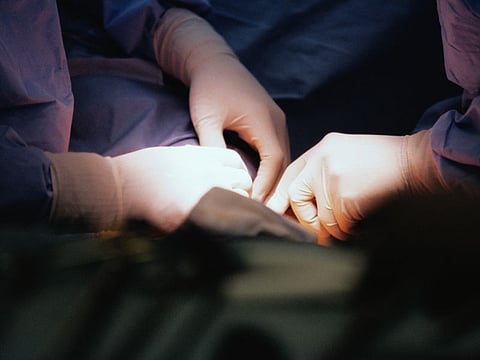THURSDAY, Jan. 17, 2019 (HealthDay News) -- Two patients diagnosed with acute flaccid myelitis and upper-extremity neuropathy who were treated with peripheral nerve transfer continue to demonstrate functional recovery at two years, according to a case series recently published in Pediatric Neurology.
Eliana B. Saltzman, M.D., of the Hospital for Special Surgery in New York City, and colleagues evaluated postoperative outcomes in muscle strength, range of motion, and electromyography for two pediatric patients treated with nerve transfer in three limbs. Both patients had sustained upper-extremity neuropathy after diagnosis of enterovirus D68-associated acute flaccid myelitis.
At two years postoperatively, the authors note that the first patient, a 12-year-old boy, had improved elbow flexion with a score on the British Medical Research Council (BMRC) scale of 4+ and 125 degrees of flexion. Patient 1 also had discrete to decreased motor unit recruitment in targeted muscles. Two years postoperatively, the second patient, a 14-year-old girl, showed right brachialis flexion of BMRC grade 4+/5 and deltoid firing with pectoralis recruitment. Patient 2 had limited but active flexor digitorum profundus flexion.
"As the pathogen's epidemiologic circulation pattern and disease mechanism is better understood, peripheral nerve transfer may play an important role in prevention of long-term impairment, disfigurement, and limb dysfunction in patients for whom conservative therapies have failed," the authors write.
Abstract/Full Text (subscription or payment may be required)


